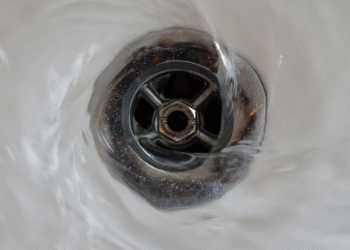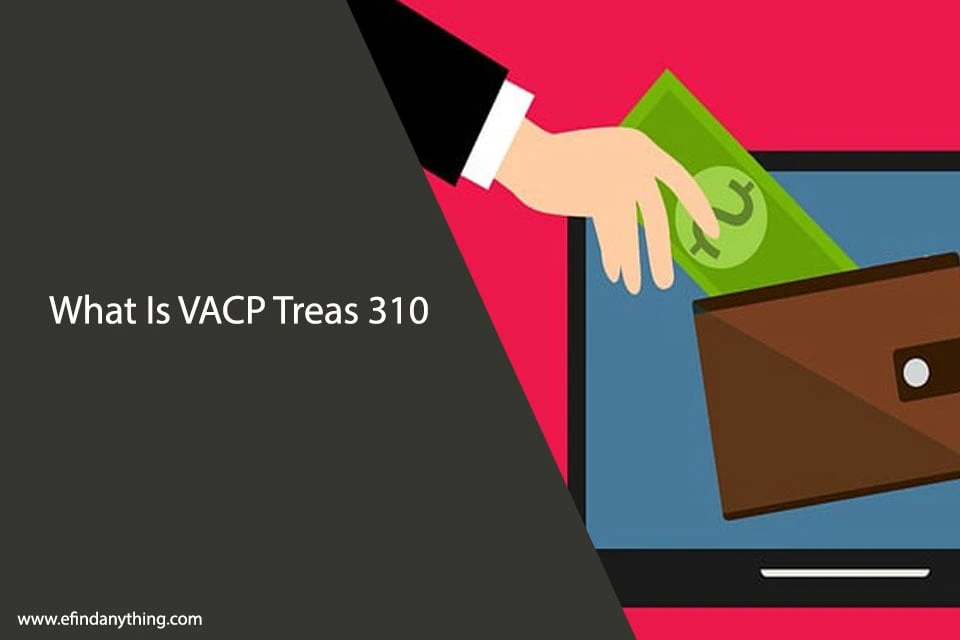
Many families face significant financial barriers when seeking stairlifts for loved ones with mobility challenges. The cost of these essential devices often exceeds what most households can afford out-of-pocket. Fortunately, various funding sources exist—from government programs to nonprofit organizations—that can help offset these expenses. Understanding where to look and how to qualify represents the first step toward securing the necessary support for this vital home modification.
Government Assistance Programs for Home Modifications
When mobility becomes a challenge, government assistance programs can provide critical funding for home modifications such as stairlifts. Medicare typically doesn’t cover stairlifts, but Medicaid offers Home and Community Based Services (HCBS) waivers in many states that can fund accessibility modifications. Some of these waivers may include grants for stairlifts as part of broader support for aging in place.
The Department of Veterans Affairs provides HGAD (Home Improvements and Structural Alterations) grants for veterans with service-connected disabilities. Furthermore, some states offer independent living programs through vocational rehabilitation services.
Area Agencies on Aging administer funding through the Older Americans Act, while some local governments provide Community Development Block Grants for low-income homeowners needing accessibility improvements.
Veterans’ Benefits and Support for Accessibility Equipment
Veterans who served our country honorably have access to several specialized programs that can help fund stairlifts and other mobility equipment. The VA’s Home Improvements and Structural Alterations (HISA) grant provides up to $6,800 for service-connected disabilities and $2,000 for non-service-connected conditions.
Disabled veterans may also qualify for the Specially Adapted Housing (SAH) grant or Special Housing Adaptation (SHA) grant, offering substantial funding for home modifications. Furthermore, some state veterans’ affairs departments offer supplemental assistance programs.
Veterans should contact their VA medical center’s Prosthetic and Sensory Aids Service to begin the application process.
Nonprofit Organizations and Charitable Foundations
Numerous nonprofit organizations and charitable foundations offer financial assistance for stairlifts when government programs fall short. These entities often provide grants or subsidies based on financial need, age, or specific medical conditions.
Organizations like the National Multiple Sclerosis Society, American Cancer Society, and United Way may provide funding for accessibility modifications. The Travis Roy Foundation and Challenged Athletes Foundation assist individuals with mobility impairments.
Applicants should research foundations specific to their medical condition or geographic area. Most organizations require documentation of need, including medical records and financial statements. Many foundations have deadlines for grant applications, so planning ahead is essential.
Medicare, Medicaid and Insurance Coverage Options
Government healthcare programs represent another avenue for stairlift funding. While Medicare typically doesn’t cover stairlifts under Part B, Medicare Advantage (Part C) plans occasionally offer coverage for home modifications as supplemental benefits.
Medicaid can be more promising, particularly through Home and Community Based Services (HCBS) waivers, which vary by state but often include home modification provisions. Some states’ Medicaid programs explicitly cover stairlifts for qualified individuals.
Private insurance rarely covers stairlifts directly, but long-term care insurance policies may include benefits for home modifications. Veterans should explore VA benefits, which often provide adaptive equipment funding for service-connected disabilities.
Tax Deductions and Credits for Medical Equipment
While many people overlook tax benefits when seeking financial assistance for stairlifts, the Internal Revenue Service (IRS) offers potential relief through medical expense deductions.
The IRS allows taxpayers to deduct qualified medical expenses that exceed 7.5% of their adjusted gross income. Stairlifts prescribed by physicians as medically necessary home modifications typically qualify. Homeowners should maintain thorough documentation, including the doctor’s prescription, receipts, and proof of payment.
Some states offer additional tax credits for accessibility modifications. Consulting with a tax professional can help identify all available deductions and guarantee proper filing procedures, potentially recovering a significant portion of stairlift costs.










